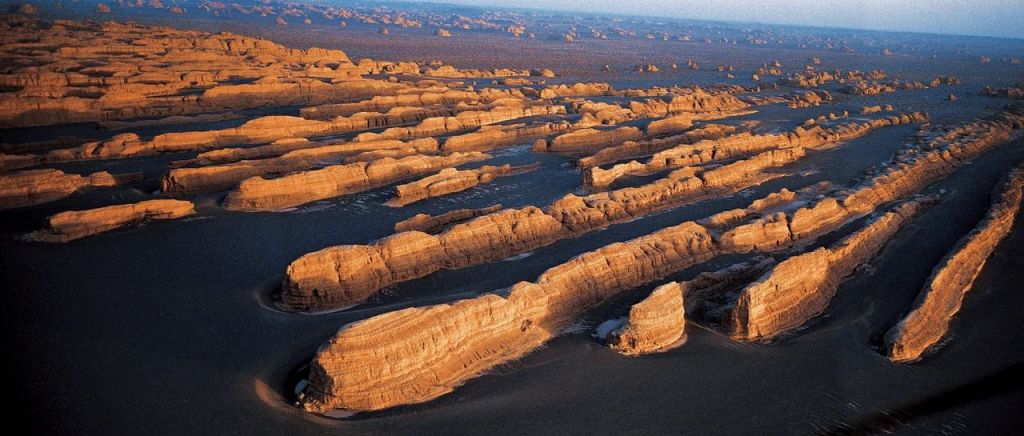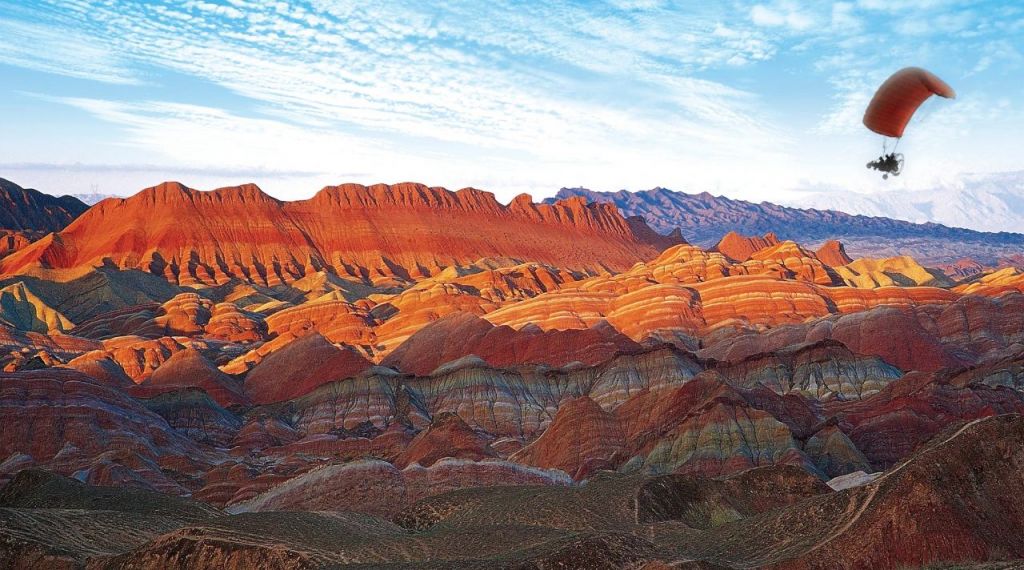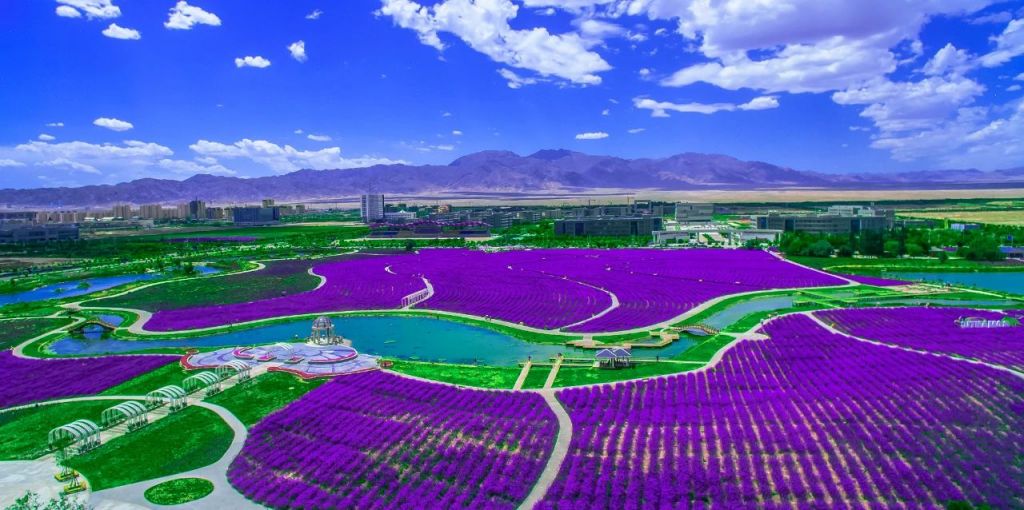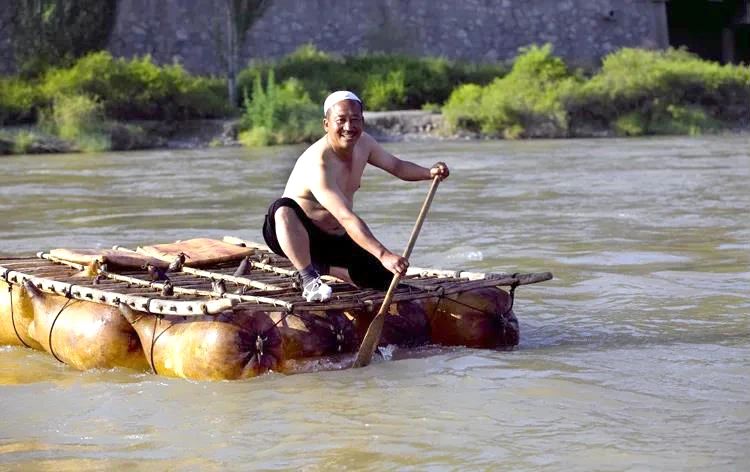Gansu·Silk Road
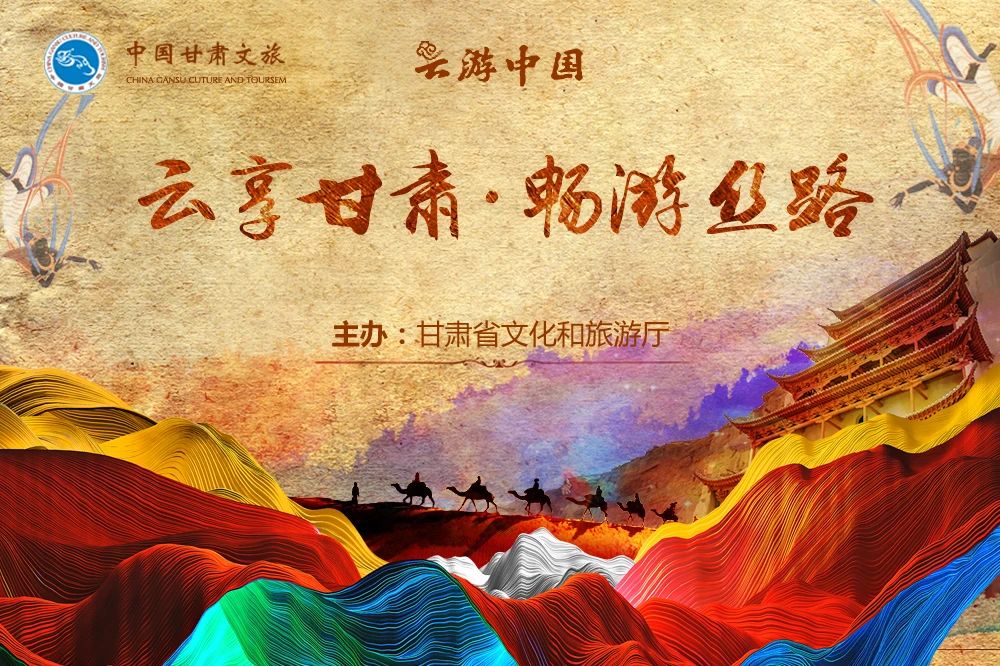
The Belt and Road Initiative has composed a “symphony” for mutual-benefit and win-win development among countries and regions along the route. Gansu, as a golden part and a pivot of the well-known Silk Road, has been a major trade channel and a main passage for cultural exchanges between the East and the West since ancient times. The “symphony” has been well played in Gansu, as it has witnessed the exchanges of different civilizations of the East and the West, integration of the ancient and the modern cultures, interaction of various ethnic customs, where boasts interweaving of different landforms and various religious arts.

Diversified Tourist Resources

Gansu is blessed with diversified tourist resources. Except for oceans and islands, other landforms in the rest of the country can all be found in Gansu. It is known as a birthplace of the Chinese civilization, a big museum of natural wonders, a fascinating gallery of folk customs, and an ideal destination of leisure tours. With profound cultural heritage, it is endowed with diversified cultural elements represented by the Silk Road Culture, the Yellow River Culture, the Great Wall Culture and the Primogenitor Culture. Both the Bronze Galloping Horse, China’s tourism logo, and the Picture of Post Messenger, the earliest image of the postman in China, are unearthed in Gansu. Currently, the province has 7 world cultural heritages, 8 excellent tourist cities, 68 national intangible cultural heritages, and 131 national key cultural relics protection units.

Magnificent Natural Scenery
Gansu enjoys diversified and magnificent natural scenery of Gobi desert, glacier, snowcapped mountains, forests, grasslands, sandy conglomerate Danxia landforms, canyons and caves. Its charm varies from place to place. The Hexi Corridor in northwestern part with snowcapped Qilian mountains and the desert oasis is full of magic and wonders. The Loess Plateau in central and eastern parts displays the beauty of the vast land. The Gannan Grassland in southwestern areas is stretching endlessly. And the mountainous areas in its southeast are luxuriant and eye-catching. In the province, there is a world geological park, 5 national 5A level tourist attractions, 4 national scenic spots, 8 national geological parks, 21 national forest parks, 7 national wetland parks, 20 national nature reserves and 24 national water parks.
Kongtong Mountain of Pingliang City

Yellow River Stone Forest, Jingtai County, Baiyin City
Guiqing Mountain, Zhangxian County, Dingxi City

Yellow River Three Gorges, Yongjing County, Linxia Prefecture
Yangba Dam, Kangxian County, Longnan City
Tianchi (Paradise Lake), Wenxian County, Longnan City
Cole Flowers, Minle County, Zhangye City
Zhagana Scenic Area, Diebu County, Gannan Prefecture
Maqu Grassland, Gannan Prefecture

Harmonious Co-existence of Diversified Civilizations and Religions
The four major civilizations and six religions in the world have been interacted and developed in Gansu, so tourists with different origins and beliefs from all over the world can feel relaxed and relieved and even find their spiritual homes here. It has been inhabited by various ethnic groups since ancient times. Now it has all the 56 nationalities of China, of which 16 have a population of over 1,000, including Han, Tibet, Hui, Dongxiang, Yugur, Tu and Mongol, etc. Yugur, Dongxiang and Bonan with unique and attractive folk customs are the three ethnic groups that can only be found in Gansu.






